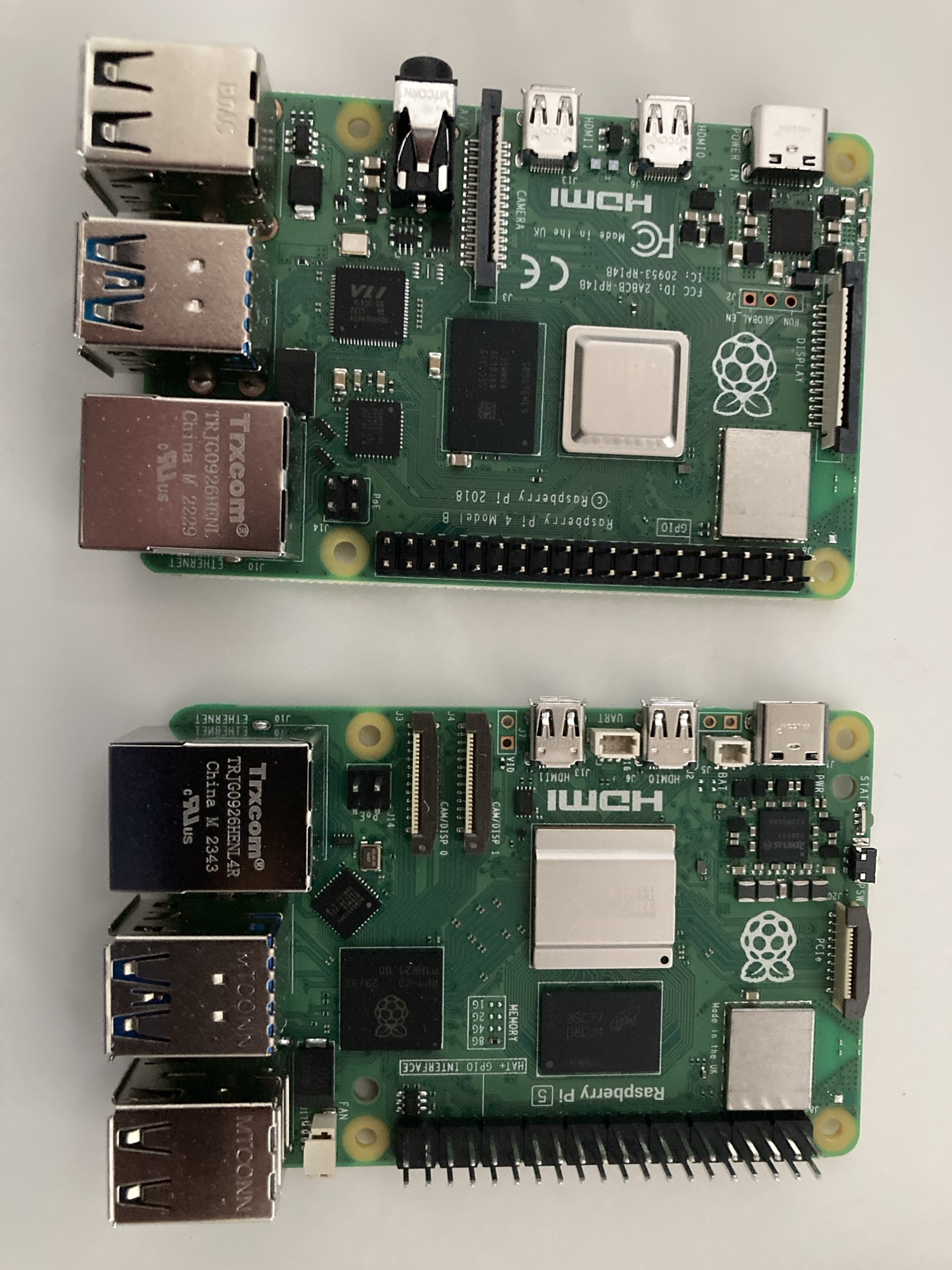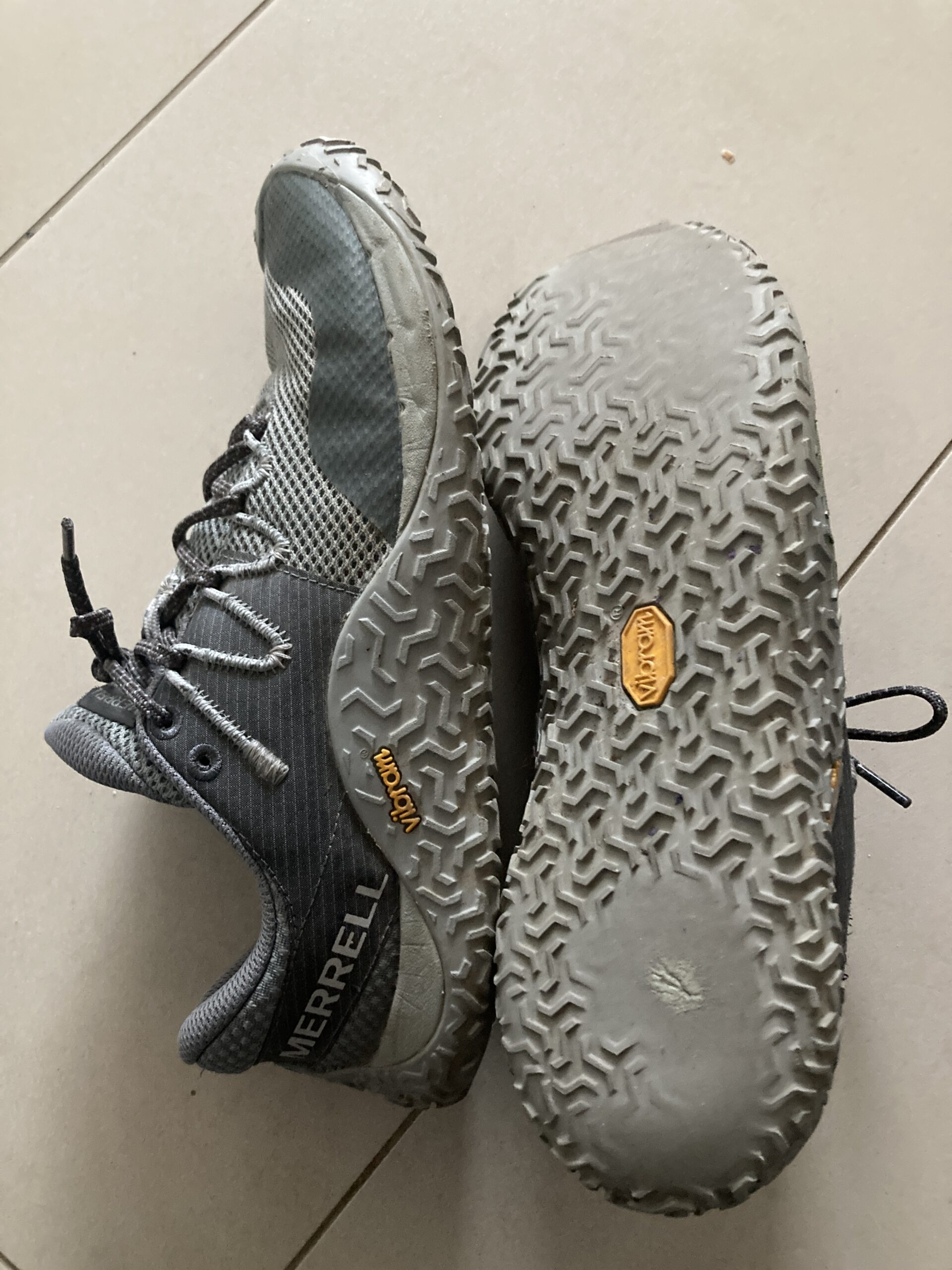Category: tech related
-

The Evolution of In Car Navigation
Reading Time: 2 minutesWhen I was a child we had paper maps. These maps had to be studied and read to make navigating simpler. You had to know that you would drive from A to B to C to D and so forth. In the age of Google Maps, before phone navigation we had to…
-

The Growing Desire to Self-Host
Reading Time: < 1 minuteAs WordPress grows and as my comfort with Hugo increases I question whether to move my blog from Infomaniak to being self-hosted on a Pi. I know that the Pi is not powerful but my site doesn’t get much traffic so I don’t think that it will be overwhelmed with traffic.…
-

Immich and an M.2 NVMe Drive on a Pi
—
by
Reading Time: 2 minutesImmich is an easy to install and use app that works well with the Pi5. By default you will have it run on the SD card but yesterday I finally found an NVMe drive at a reasonable price so I swapped the AI kit for a 521 NVMe drive.It was detected with…
-

To Drive or to Fly
—
by
Reading Time: 2 minutesIn a week or less I will go on a long drive from Switzerland to Spain, stopping at least once, to refuel. I love the drive. I love that it gives me time to think, and to listen to audio books for hours in a row, rather than for a few minutes…
-

Step Tracking with the Casio ABL-100WE
—
by
Reading Time: 2 minutesThe Casio ABL-100WE range of watches look similar to the A-168 range of Casio watches with one key difference. It counts steps like several G-shock watches do but rather than have a massive case that can survive a ten meter drop onto concrete it looks "elegant", like the a-158, a-168 and other…
-

Twitter Account Deactivated
Reading Time: 2 minutesYesterday I finally took the step of deactivating my account, and then reactivating it, and then this morning deactivating it again. Normally when I lose interest in a social network I just forget about it and I’m done. In this situation I didn’t forget about it though. I went a step further.…
-

Sliding from iOS to Android Despite Whatsapp and Signal
—
by
Reading Time: 2 minutesRecently I switched from an Iphone SE from 2020 for a Fairphone 4 and the migration has been easy, except for two apps. Whatsapp and Signal. With Android it’s easy. You backup to Google Drive and you can slide between Android devices with ease. With iOS the backup is in iCloud so…
-

Charging Electric Cars in Switzerland
—
by
Reading Time: 2 minutesAfter some trial and error I finally managed to get an electric car to charge at public charging points. The first success was at an evpass charging station where I was able to charge 13.1kW/h in an hour and 14 minutes using the app on my phone and a credit card for…
-

Running With the Apple Watch SE
—
by
Reading Time: 2 minutesApple push us to get the Apple Watch Series 10, the Ultra 2 or the Apple Watch SE in third place. If you’re a runner, and you don’t feel like spending on the Ultra or the Ten then it makes sense to get the SE instead. Although the SE is the cheaper…
-

Electric Vehicles and Charging Time
Reading Time: 3 minutesIt’s easy to drive a petrol car. You fill up, and 500-600 kilometres later you fill up. With Electric vehicles it is the same in theory. In practice it isn’t that simple. The EV charging market is fragmented and each company has a different app and possibly RFID tag. The result is…